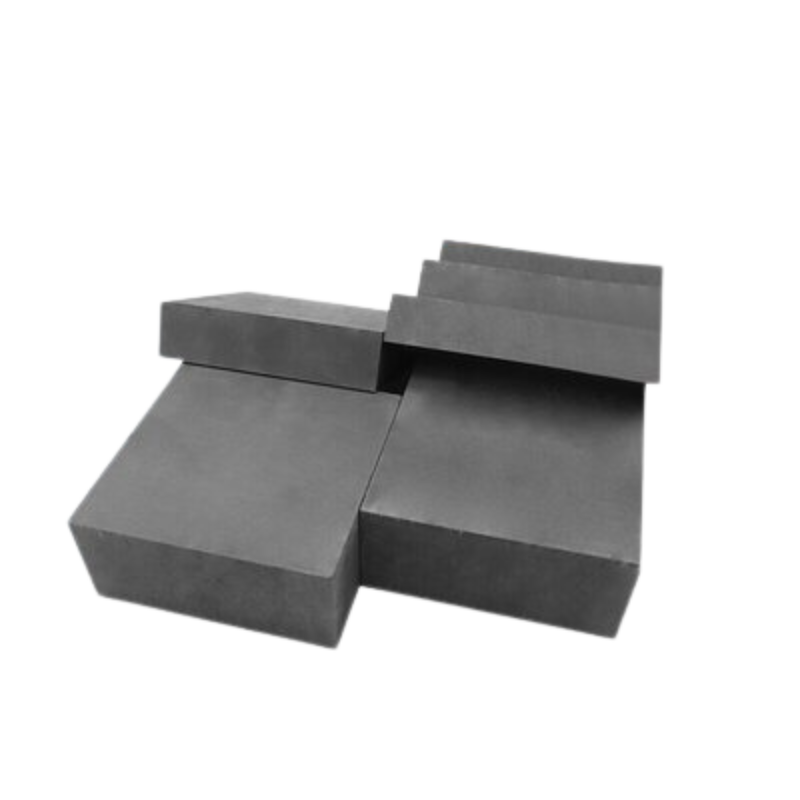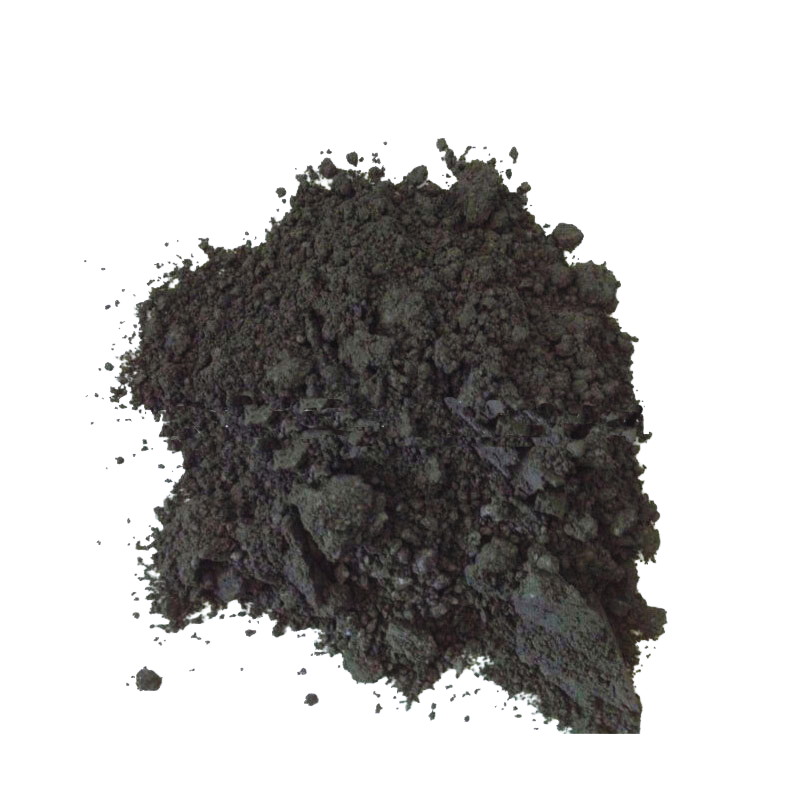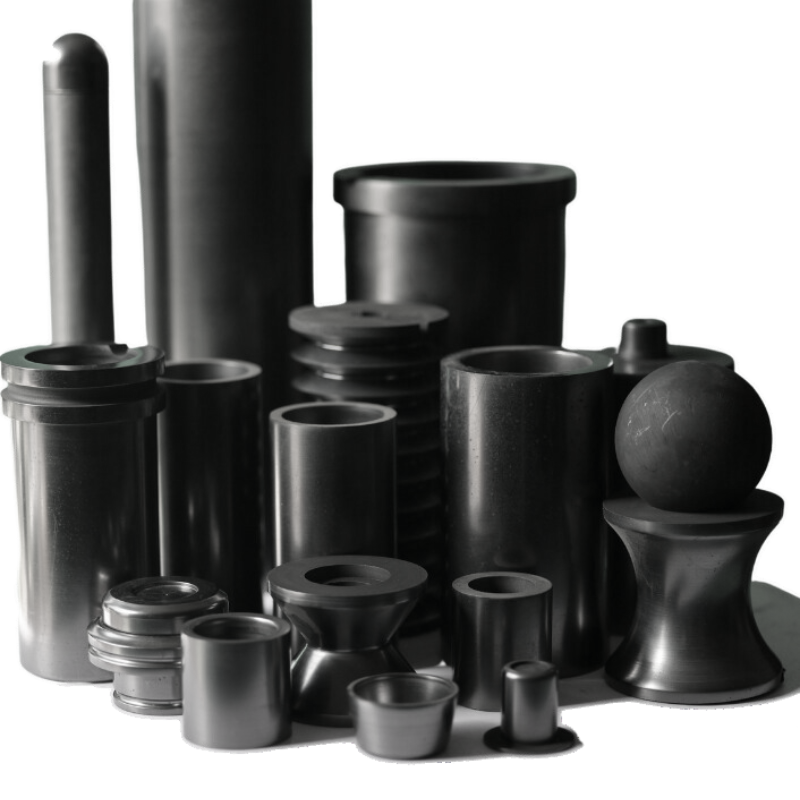In modern industrial machinery, as the performance requirements of equipment become increasingly stringent, the industry has begun to focus on the development of graphite bearings, building on the foundation of metal bearings. Graphite bearings can be seen even in precision machining due to their unique characteristics that other metal materials cannot replace. These characteristics include excellent self-lubrication, high-temperature resistance, corrosion resistance, and lightweight properties.
Graphite bearings come in various designs, including cylindrical, cylindrical with flange, circular, and special structures. However, considering the strength of graphite bearings, the thickness of carbon bearings must be greater than that of metal bearings. The thickness should ideally be 1/5 to 1/7 of the inner diameter, with a minimum of 3 mm. The length of the bearing should be at least twice the inner diameter. During operation, the temperature of the bearing will rise, so the operating clearance should be selected based on the thermal expansion of the shaft and bearing, typically around 0.3% of the shaft diameter.
The manufacturing process of graphite bearings is generally similar to that of other carbon products. The basic process includes: material selection, material pretreatment, crushing, sieving and classification, batching of granular and powder materials, binder selection, mixing, kneading, rolling, grinding and compression molding, baking, and, for artificial graphite products, graphitization treatment, impregnation, and machining. To enhance the mechanical strength and impact resistance of some graphite bearings, metal impregnation (such as with antimony, copper, lead, etc.) is required. Finally, the graphite bearings are machined to the desired geometric specifications to meet the required technical performance.





